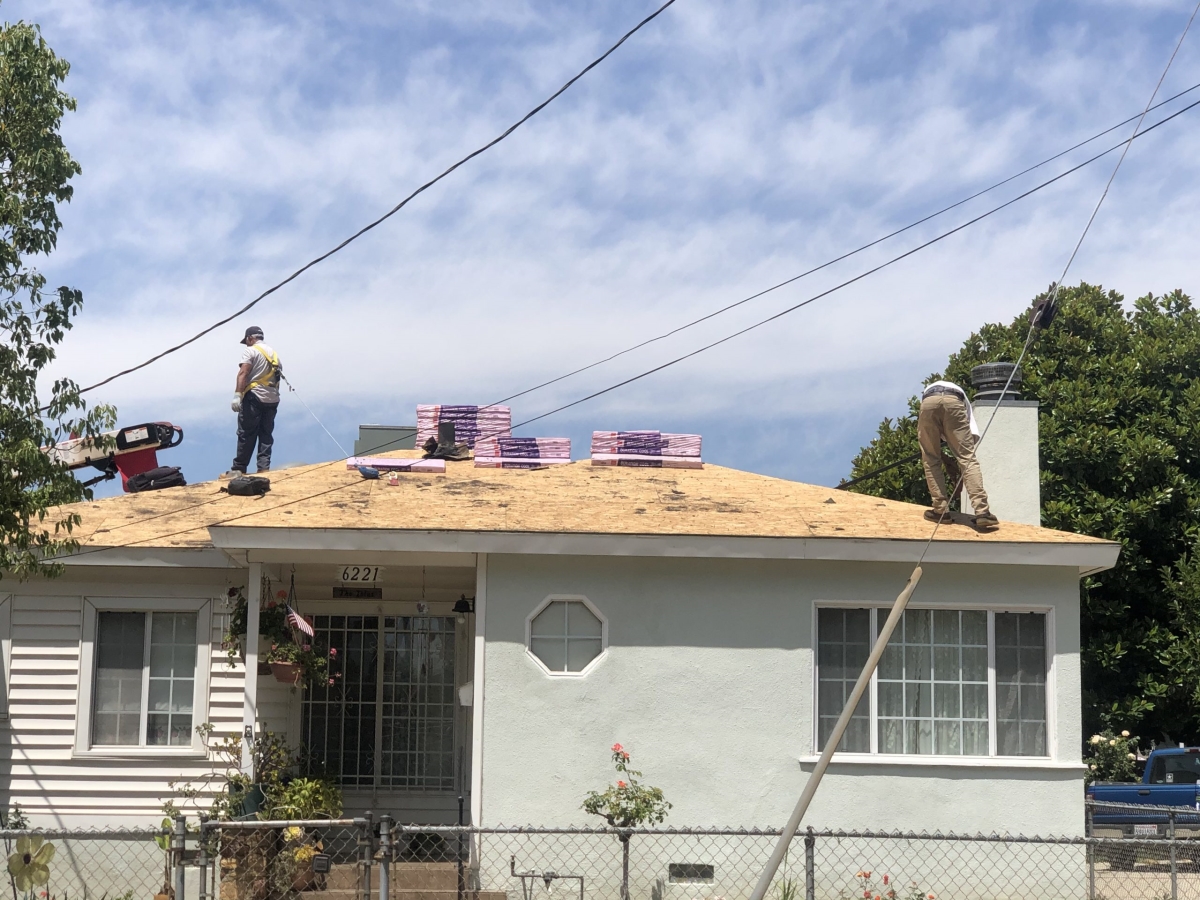
Transform Your Space with Wooden Wall Panels: 10 Irresistible Benefits
Wooden wall panels have long been cherished for their ability to blend beauty and function effortlessly. From adding warmth to improving energy efficiency, these panels offer a range of benefits that make them a top choice for homeowners and businesses alike. The rich textures and natural grains of
create a visually stunning effect that enhances any decor style. In this comprehensive guide, we explore 10 compelling reasons why wooden wall panels should be a part of your interior design.
1. Timeless Aesthetic Appeal
Wooden wall panels bring a classic yet contemporary touch to any space, instantly elevating its ambiance.
Natural Beauty & Elegance
The rich textures and natural grains of wood create a visually stunning effect that enhances any decor style.
Diverse Design Options
From rustic reclaimed wood to sleek, modern finishes, wooden panels offer endless customization possibilities.
Effortless Coordination
Wood pairs well with other materials like stone, metal, and fabric, creating a seamless design flow throughout your space. Unlike traditional painted walls,
provide long-lasting durability with minimal maintenance.
2. Superior Insulation for Comfort
Wooden wall panels provide an extra layer of insulation, keeping your space comfortable year-round.
Thermal Efficiency
Wood’s natural insulating properties help maintain indoor temperatures, reducing energy costs.
Sound Absorption
Enjoy quieter interiors as wood effectively dampens noise, making it ideal for offices, bedrooms, and entertainment areas.
3. Remarkable Durability and Longevity
Unlike painted walls that need frequent touch-ups, wooden wall panels are built to withstand the test of time.
Resistant to Wear and Tear
Wood is naturally sturdy and can resist daily wear, making it perfect for high-traffic areas.
Easy Maintenance
Simple cleaning and occasional polishing keep wooden panels looking pristine for years.
4. A Green and Sustainable Choice
Opting for wooden wall panels means making an eco-friendly decision that benefits both your home and the planet.
Responsibly Sourced Materials
Look for FSC-certified wood to ensure ethical and sustainable harvesting practices.
Lower Carbon Footprint
Wood absorbs carbon dioxide, making it an environmentally friendly alternative to synthetic materials.
5. Quick and Hassle-Free Installation
Wooden wall panels are designed for easy installation, whether you’re a DIY enthusiast or hiring professionals.
User-Friendly Assembly
Many panels feature tongue-and-groove or interlocking systems for seamless fitting.
Versatile Applications
Perfect for accent walls, full-room coverage, or creative paneling projects in any part of your home or office.
6. Increased Property Value and Market Appeal
Investing in wooden wall panels not only enhances your living space but also boosts your property’s value.
High-End Appeal
Wood paneling is often associated with luxury, making your home more attractive to buyers.
Lasting Investment
Thanks to their durability, wooden panels remain a valuable feature that retains their worth over time.
7. Effective Solution for Concealing Wall Imperfections
If your walls have cracks, dents, or uneven textures, wooden wall panels provide a quick and elegant fix.
Flawless Finish
Covering imperfections with wood paneling creates a polished, high-end look without extensive repairs.
Hidden Utility
Use wooden panels to discreetly conceal wiring, plumbing, or unsightly wall features.
8. Improved Indoor Air Quality and Health Benefits
Wood naturally contributes to a healthier indoor environment by regulating humidity and reducing airborne allergens.
Hypoallergenic Qualities
Unlike carpets and fabric-covered walls, wood does not trap dust, pollen, or pet dander.
Balanced Humidity
Wood absorbs and releases moisture, helping to maintain a stable indoor climate.
9. Adaptability to Any Space or Style
Wooden wall panels complement virtually any interior, whether you prefer traditional charm or modern minimalism.
Ideal for All Rooms
Use them in living areas, offices, bedrooms, hallways, and even bathrooms with moisture-resistant finishes.
Endless Styling Possibilities
Choose from horizontal, vertical, or geometric patterns to create the desired aesthetic.
10. A Cost-Effective Long-Term Solution
Though an initial investment, wooden wall panels offer significant savings in the long run.
Reduced Maintenance Costs
No need for frequent repainting or touch-ups like standard walls.
Long-Lasting Appeal
Their timeless look ensures they remain stylish without requiring updates.
FAQs About Wooden Wall Panels
Q: Are wooden wall panels suitable for humid areas? A: Yes! Opt for treated wood or moisture-resistant finishes to prevent warping in bathrooms and kitchens.
Q: Can I install wooden wall panels myself? A: Absolutely! Many panels come with user-friendly installation systems that make DIY projects easy.
Q: How do I clean and maintain wooden wall panels? A: Use a soft cloth and mild cleaner to wipe surfaces regularly. Occasional polishing enhances their longevity.
Final Thoughts
With a variety of finishes and styles available,
can complement both modern and rustic interiors. Wooden wall panels are more than just a design statement—they offer insulation, durability, sustainability, and long-term value. Whether revamping your home or enhancing a commercial space, these panels provide a stylish and practical solution that stands the test of time.
